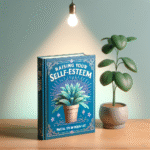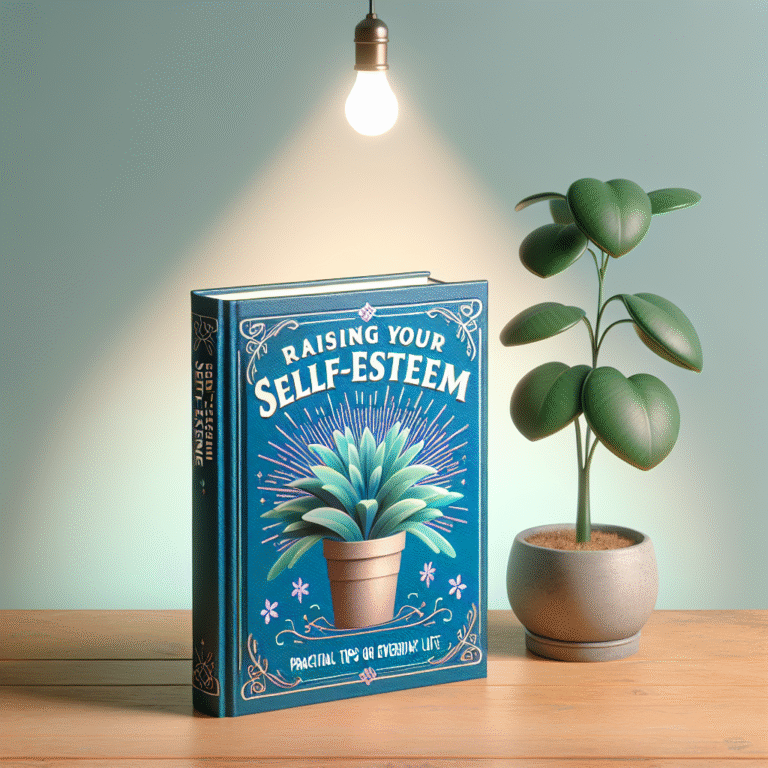
Introduction
Relationships are the bedrock of our emotional well-being, influencing everything from our mental health to our physical health. Imagine a life where connections are deep, trustworthy, and resilient; this is where the concept of secure attachment comes into play. Building bonds rooted in secure attachment creates an environment of safety and love, paving the way for healthier and more fulfilling relationships. In this article, we will explore Building Bonds: The Power of Secure Attachment in Relationships and what it truly means for individuals, couples, and families.
What is Secure Attachment?
Understanding Attachment Theory
At the core of our interpersonal connections lies Attachment Theory, which was first developed by psychologist John Bowlby in the mid-20th century. This theory posits that the bond formed between a child and their primary caregiver lays the groundwork for future relationships.
The Four Attachment Styles
- Secure Attachment: Characterized by trust, emotional availability, and effective communication.
- Anxious-Preoccupied Attachment: Involves a fear of abandonment and a constant need for emotional reassurance.
- Dismissive-Avoidant Attachment: Characterized by emotional distance and a reluctance to engage deeply in relationships.
- Fearful-Avoidant Attachment: Marked by a desire for connection coupled with a fear of being hurt.
Why Secure Attachment Matters
Building Bonds: The Power of Secure Attachment in Relationships hinges on the benefits derived from a secure attachment style. Individuals with secure attachments tend to have better mental health, higher relationship satisfaction, and improved coping skills in stressful times.
The Benefits of Secure Attachment
Emotional Well-Being
Secure attachment fosters a sense of safety and stability. When partners feel safe, they can openly express vulnerabilities without fear of judgement or rejection.
| Benefit | Statistics |
|---|---|
| Decreased anxiety | 45% less likely to experience anxiety in relationships |
| Improved communication | 70% more likely to communicate openly |
| Greater intimacy | Couples report 60% increased feelings of intimacy |
Healthy Conflict Resolution
With secure attachments, couples are more likely to engage in constructive conflict resolution, rather than resorting to avoidance or aggression.
Enhanced Parenting Styles
Parents who have secure attachments are more equipped to raise emotionally healthy children. They are also less likely to pass on patterns of avoidance or anxiety.
Case Studies in Secure Attachment
Case Study 1: Sarah and Tom
Sarah and Tom’s relationship embodies Building Bonds: The Power of Secure Attachment in Relationships. Initially, both struggled with trust, but after engaging in couples therapy, they learned how to communicate their needs effectively.
Analysis: By identifying their fears and vulnerabilities, Sarah and Tom transitioned to a secure attachment style, which improved their conflict resolution and emotional intimacy.
Case Study 2: Maria and David
Maria grew up with a dismissive-avoidant attachment style, leaving her feeling disconnected. After enrolling in a self-help group focused on healthy relationships, she learned how to be emotionally open.
Analysis: Through building bonds with others in similar situations, Maria cultivated secure attachment characteristics, which enhanced her ability to connect with David, her partner.
How to Foster Secure Attachment
Open Communication
Talk openly about feelings, needs, and fears, creating an atmosphere of understanding.
Practice Mindfulness
Mindfulness helps in recognizing emotional triggers and reduces anxiety around attachment.
Set Boundaries
Establish healthy boundaries that provide emotional safety while allowing for intimacy.
The Role of Therapy
Therapy, particularly attachment-based therapy, can help individuals identify and understand their attachment styles.
Types of Therapy Beneficial for Secure Attachment
- Emotionally Focused Therapy (EFT): Focuses on identifying and restructuring emotional responses.
- Cognitive Behavioral Therapy (CBT): Aims to change negative thought patterns about relationships.
Challenges to Achieving Secure Attachment
Past Traumas
Unresolved trauma from childhood can lead to attachment issues, making it crucial to address these feelings in adulthood.
Misinformation About Relationships
Cultural narratives often misrepresent healthy relationships, leading to unrealistic expectations and fears.
Fear of Vulnerability
Many individuals avoid intimacy due to the fear of being vulnerable. Acknowledging this fear as part of the process is essential.
Actionable Steps to Secure Attachment
- Self-Reflection: Recognize your own attachment style and the effects it has on your relationships.
- Educate Yourself: Read books or attend workshops about attachment styles.
- Seek Support: Engage in therapy or support groups aimed at discussing attachment issues.
Conclusion
Building bonds through Building Bonds: The Power of Secure Attachment in Relationships is not just a theory—it’s a transformative journey that can enrich your life and the lives of those around you. By fostering secure attachments, we cultivate environments of trust and understanding that allow us to thrive emotionally and relationally. Armed with the knowledge and strategies presented in this article, you can begin building the relationships you’ve always desired.
FAQs
1. What is secure attachment?
Secure attachment refers to a healthy, trusting relationship style characterized by comfort with intimacy and a positive self-image.
2. Can attachment styles change?
Absolutely! With self-awareness and effort, individuals can work towards changing their attachment style, usually with the help of therapy.
3. How does secure attachment affect parenting?
Parents with secure attachments are generally more responsive and attentive to their children’s emotional needs, fostering healthier emotional development.
4. What role does communication play in secure attachment?
Open, honest communication allows partners to express their needs and feelings safely, which is essential for building and maintaining secure attachments.
5. How can I improve my relationship if I or my partner has an insecure attachment style?
Engaging in therapy, practicing open communication, and actively working on emotional availability can help both partners transition towards a more secure attachment style.
By embracing the principles of Building Bonds: The Power of Secure Attachment in Relationships, we can create not just romantic relationships but also nurturing friendships and family bonds that stand the test of time. Let’s embark on the journey to secure attachments together!


















